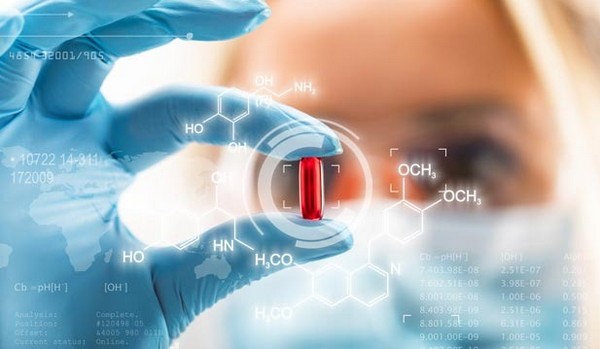
NorthEast BioLab, with offices in Boston and India, is among the top Drug Discovery Contract Research Organizations (DCROs) in the U.S. NorthEast BioLab provides high-quality services in all aspects of drug discovery and development, from pre-clinical development to commercial manufacturing. If you have a promising new therapeutic candidate, we can help guide you down the path to get it on the market successfully.
The purpose of this webinar is to provide an overview of the drug development process in the U.S. specifically, how long it takes to get a new drug approved in the U.S., and outline key resources to support early stage start-ups and investors in finding right partners/service providers for their programs, and as part of company’s mission, position your company to minimize risks and create opportunities to move your drug program closer to success with valuable resources, tools and timelines.
In life sciences, introduction to drug discovery and development is traditionally a long and expensive process with low success rate (1 in 10 thousand compounds becomes a drug). It starts with early hypothesis generation and ends with fulfilling three major requirements: demonstrating safety, efficacy, quality and consistency.
A pharmacokinetic study provides the basis for determining drug exposures in the body over time. PK parameters are used in the evaluation of the absorption, distribution, metabolism, and excretion (ADME) processes of drugs. Absorption, the first topic of PK studies, is the initial process by which drugs enter the blood circulation following dosing. PK parameters are used in the evaluation of the chemical characteristics of a drug’s absorption, distribution, metabolism and excretion in pharmacokinetic studies (PK). PK parameters are used by regulatory agencies to evaluate a drug’s safety and efficacy.
Topical drug exposure, commonly referred to as dermal exposure, is an accepted route of administration that can be particularly challenging for the investigational medicinal products (IMP) development process. PK research is a pharmacokinetic study designed to determine drug exposures in the body over time.
PK research provide valuable information regarding the extent and time course of drug absorption, distribution, metabolism and excretion. PK testing can be done via several routes of administration such as oral, nasal, dermal, or parenteral. Pharmacokinetics (PK) is an analysis of how a chemical substance is absorbed, distributed and eliminated by the body over time. These studies are often referred to as pharmacokinetic studies or PK studies.
Pharmacokinetic studies are conducted to assess the absorption, distribution, metabolism, and excretion of a drug substance. In addition, experiments are conducted to determine pharmacological/physiological variation of a drug in the body and compound-related effects to help provide information on the time course of maintenance drug concentrations in the blood.
The pharmacokinetic study is the basis for determining drug exposures in the body over time. PK parameters are used in the evaluation of the absorption, distribution, metabolism, and excretion (ADME) processes of drugs. This section of our website reviews the different routes through which drugs can be administered to the body during PK studies.
